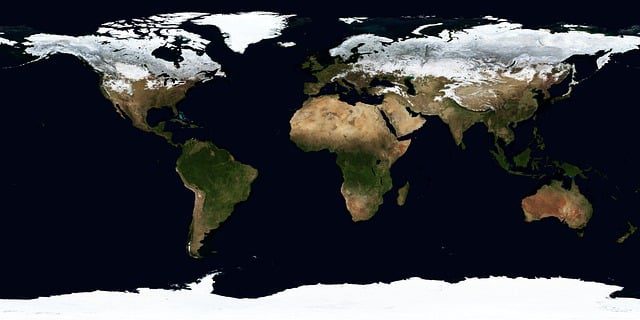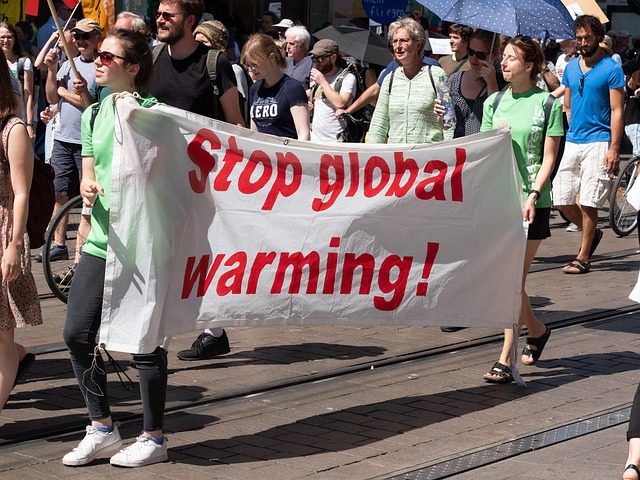Coastal nations are under threat as climate-driven floods intensify in 2025. Discover causes, global hotspots, and how nations are responding.
The year 2025 has seen a sharp spike in climate-related disasters — particularly devastating floods affecting both developed and developing nations. From Australia’s Mid-North Coast to parts of West Africa and the United States, massive floods have disrupted lives, damaged infrastructure, and reignited the global debate around climate inaction.
Why Flooding is Becoming More Severe in 2025
Recent data from global meteorological agencies including the World Meteorological Organization (WMO) and NASA’s Earth Observatory indicate that the frequency and severity of floods have nearly doubled in the last decade. Warmer oceans, melting glaciers, and more intense storm systems have created a perfect storm for high-impact flooding, especially in low-lying coastal areas.
Global Hotspots Underwater: Who’s at Greatest Risk?
1. Australia: As of May 2025, parts of New South Wales have been declared disaster zones due to repeated inland and coastal flooding. The Bureau of Meteorology (BoM) has issued severe weather warnings as overflowing dams and saturated soils worsen the outlook.
2. Nigeria: Coastal cities like Lagos are on red alert following weeks of nonstop rainfall. The National Emergency Management Agency (NEMA) has reported displacements in tens of thousands.
3. United States: Florida and Louisiana are once again grappling with flash floods as hurricane season gets an early start, with record-breaking storm surges seen in early May.
4. Bangladesh and India: Millions are at risk due to Himalayan snowmelt and overburdened river systems.

The Economic Fallout of Floods in 2025
According to Swiss Re, insured flood losses in Q1 2025 alone exceeded $45 billion globally. That figure doesn’t account for uninsured losses which disproportionately affect poor communities.
Agriculture Loss: Thousands of hectares of crops destroyed in Southeast Asia.
Tourism Disruption: Major beach destinations in Europe and Southeast Asia have seen bookings plummet.
Transport & Energy: Flooded roads, power outages, and damaged fuel depots continue to cripple economies.
What Governments Are Doing Right (and Wrong)
While some nations have bolstered climate resilience budgets and flood forecasting systems, others lag behind due to political gridlock or resource constraints.
1. Success Cases:
The Netherlands continues to lead with innovative flood management through levees, floating houses, and urban planning.
Japan has deployed AI-powered sensors to monitor river levels in real-time.
2. Challenges Elsewhere:
Many African nations lack adequate forecasting infrastructure.
U.S. states remain divided on climate policy, impacting coordinated disaster response.
How Citizens Can Prepare and Protect Themselves
1. Stay Informed: Subscribe to local and global weather alerts.
2. Emergency Kits: Keep essentials like water, food, flashlights, and power banks ready.
3. Insurance: Ensure flood insurance coverage is active and updated.
4. Digital Backups: Store documents and photos in the cloud.
5. Elevate Electronics and Vehicles: Prevent short-circuiting and loss during flash floods.
The Bigger Picture: Climate Justice and Policy Urgency
Flooding isn’t just an environmental issue — it’s deeply tied to inequality. Developing nations contribute least to emissions but face the most intense climate impacts. Global leaders need to reimagine development funding, hold polluting industries accountable, and accelerate transitions to renewable energy.
Conclusion
Floods in 2025 are a clear warning: climate change is no longer theoretical — it is current and catastrophic. Only global coordination, smart infrastructure, and climate-adaptive policies can stem the tide, literally and figuratively.





